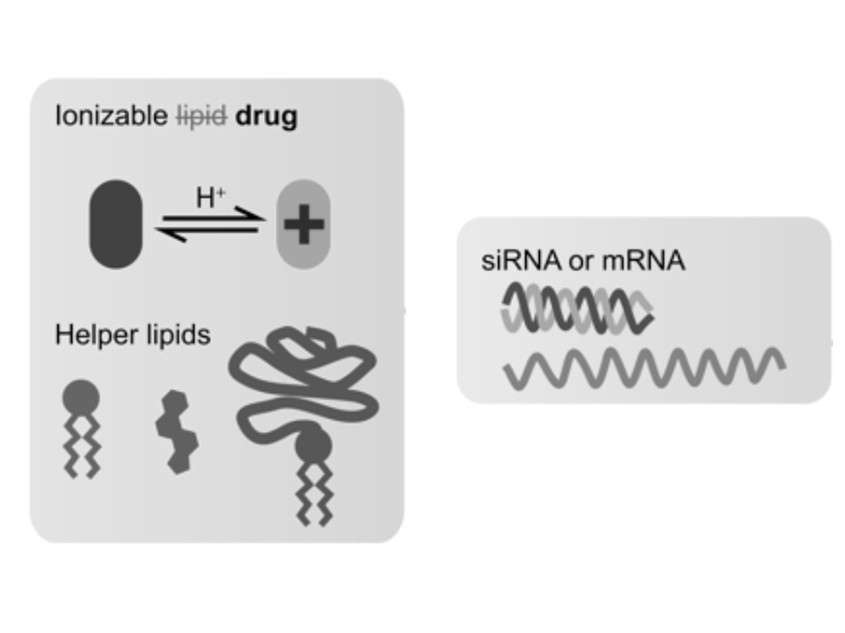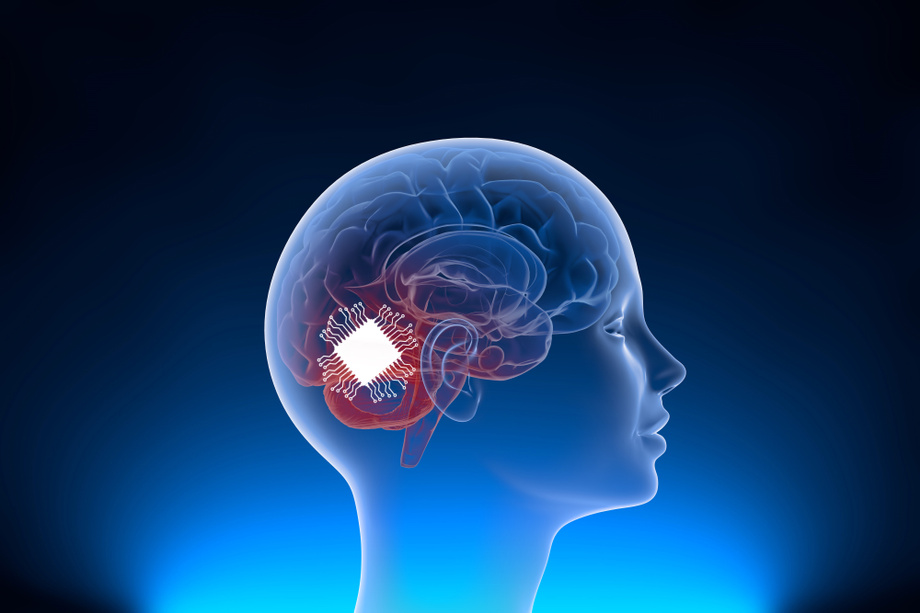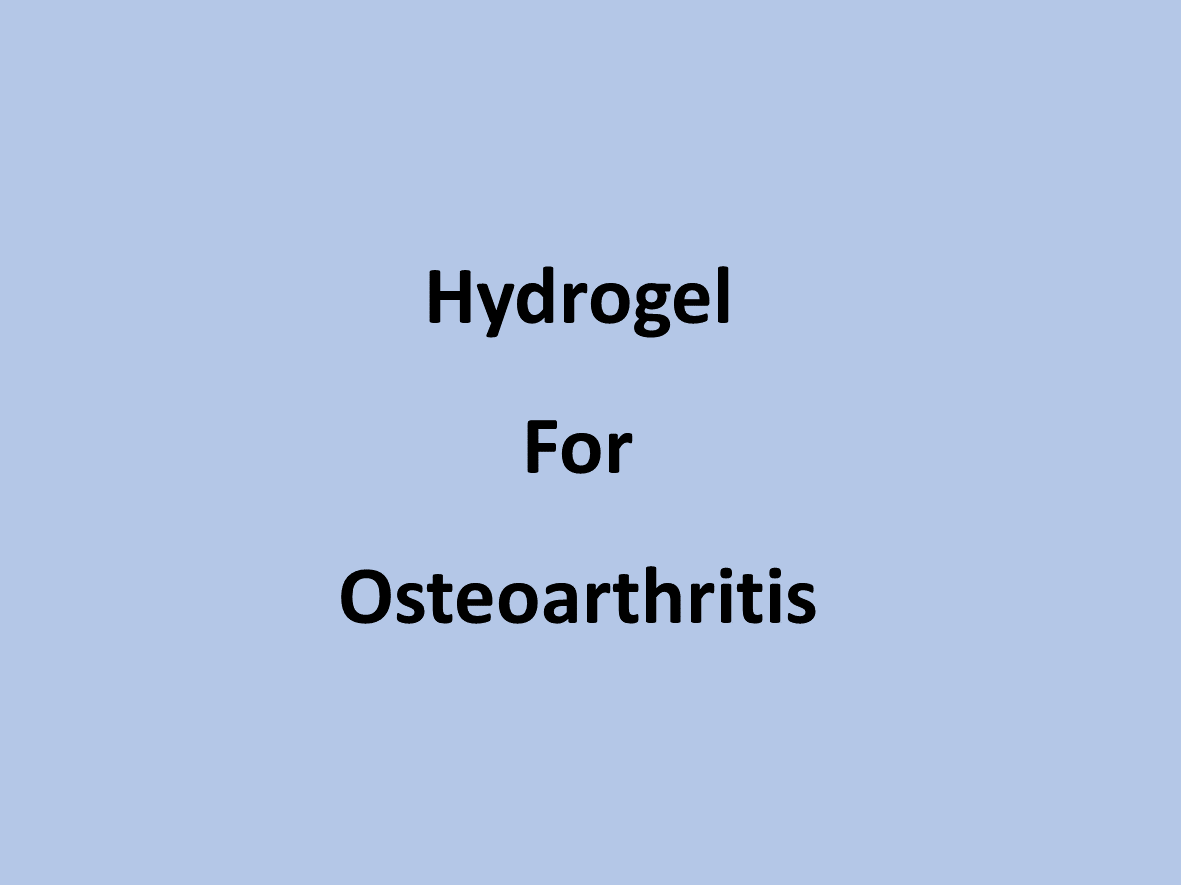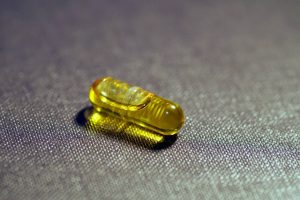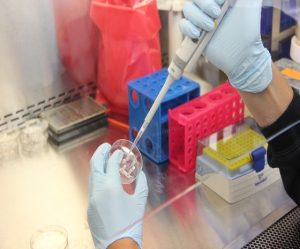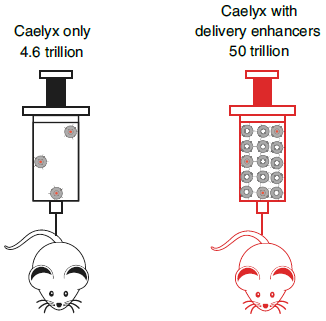Enhanced RNA Release from Lipid Nanoparticles with Polymeric Excipients
A novel technology involving the use of acid-responsive polymer additives to enhance RNA transfection from lipid nanoparticles (LNPs).
Read more...Keywords:
Drug Delivery SystemCodelivery of High-Content Ionizable Drugs and Therapeutic Nucleic Acids
High-content drug-RNA nanoparticles formed by replacing the ionizable lipid of conventional LNP platforms for nucleic acid delivery with an ionizable, colloid-forming drug, thereby resulting in novel and high-content drug-RNA nanoparticles.
Read more...Keywords:
Drug Delivery System, TherapeuticsBiodegradable Neural Electrode for Stimulation, Drug Delivery, and Brain Repair
A temporary, biodegradable brain electrode that can stimulate and deliver drugs to neural cells.
Read more...Keywords:
Medical Implants & Prosthetics, Advanced Health Technologies, Drug Delivery System, Circuit design, Neurological DisordersNucleic Acid Scaffolded Artificial Immune Complexes for Immune Modulation and Drug Delivery
DNA nanostructures are used to generate synthetic immune complexes that do not exist in nature. The DNA nanostructures provide customizable 3D scaffolds to display antigens in nanoscale spatial patterns, templating the binding of antibodies during immune complex (IC) formation. By tuning the antigen pattern on the DNA nanostructures, researchers are able to program ICs of unique shapes, sizes, and antibody valences, and mediate their delivery to immune cells. The technology can incorporate a variety of therapeutic payloads including protein or peptide antigens, adjuvants, and small molecule drugs, making it a versatile platform for vaccine and immune-modulation and applications.
Read more...Keywords:
Drug Delivery SystemAn Injectable Hydrogel for Delivery of Therapeutics for Osteoarthritis
Osteoarthritis occurs when the protective cartilage at the bone joints break down over time. There is no cure for this disease, with one of the first standards of options for disease management being treatments such as nonsteroidal anti-inflammatory drugs (NSAIDs). However, this drug class often has undesirable side effects (e.g. liver and kidney damage) which have been attributed to non-specific systemic delivery. Localized injections directly into the joint space can alleviate these issues, but current methods suffer from reduced retention times. Polymeric solutions can solve this problem, if their other shortcomings such as poor mechanical properties, non degradability, toxicity, poor adhesion, slow gelation and burst release of drugs can be solved.
Read more...Keywords:
Drug Delivery System, TherapeuticsResponsive Antiviral Biomaterials
Antibacterial-silica (glass) self-assembled materials that respond to the presence of pathogenic bacteria by releasing drugs on demand when bacteria are present.
Read more...Keywords:
Drug Delivery SystemLinker-Based Lecithin Microemulsions as Drug Delivery Vehicles
This invention is a novel formulation for biocompatible microemulsions for use as delivery vehicles for active ingredients in transdermal, topical and oral delivery. The formulation is based on five basic ingredients: lecithin (extracted from soybean or other source); a lipophilic additive such as long change alcohol or long chain fatty acid, monoglyceride, or sorbitol ester; a hydrophilic additive containing C6-C9 fatty acids partially saponified; a C8-C20 fatty acid ester; and water. Particular combinations of these ingredients, at specific ratios, yield thermodynamically stable microemulsions capable of increasing the solubility (in isotonic solutions) of hydrophobic drugs such as lidocaine, and alpha-tocopherol acetate by more than 20 fold.
Read more...Keywords:
Drug Delivery SystemD-PHI: Elastomers for Use with Protein Based Media
Tissue-material interactions govern the efficacy of biomedical devices implanted in the body. Protein adsorption that occurs on a biomaterial surface influences cell action on those surfaces in vitro and in vivo, including but not limited to the innate immune response cells (neutrophils ,monocytes and macrophages) which are essential in driving the body's early response to a b1omaterial, and other cells such as endothelial cells, fibroblast, smooth muscle cells, stem cells, etc. There is a need for elastomeric materials in the biomaterials field which are degradable and have an ability to interact with proteins in a manner that favors wound healing. A novel finding of this invention was the observation that specific formulations of a degradable, polar hydrophobic ionic polyurethane (0-PHI) system synthesized by Santerre et al. has demonstrated good biocompatibility by means of protein adsorption related to immunoglobulin proteins and specifically immunoglobulin G (lgG). This will have applications for the use of biomaterials in sensors, implant scaffolds, tissue repair fillers and numerous other blood and tissue contacting devices.
Read more...Keywords:
Biomaterials, Drug Delivery SystemA Drug Delivery Method to Increase Delivery of Nanoparticles to Cancer Tumours
The delivery of nanoparticles into solid tumours is critical to their utility for diagnosing and treating cancer. Yet only 0.7% of nanoparticles successfully localize to solid tumours largely due to clearance by the reticuloendothelial system (RES), resulting in poor clinical translation of nanomedicines. Though various solutions have been proposed; modifying various physicochemical properties of nanoparticles such as size, shape, and surface chemistry, or using biological techniques such as ablating or saturating Kupffer cells, these have only resulted in minor increases in delivery. Furthermore, another challenge is that none of these approaches present a central and systematic principle for improving delivery efficiency.
Read more...Keywords:
Drug Delivery SystempH-Responsive Colloids for Enhanced Drug Delivery
The aggregation of small molecule drug candidates to form larger colloidal structures can render a promising drug ineffective. This limited efficacy is due to the inability of colloids to directly cross the plasma membrane due to large size (100 – 1000 nm). Furthermore, while strategies enabling uptake of colloids by cells exist, they are often still trapped within the endo-lysosomal pathway that isolates them from the main cell body. Despite this, the very high drug content of colloids (> 50%) renders them as ideal drug delivery systems if the propensity of their monomeric small molecule subunits to aggregate can be triggered towards dispersion, or drug release.
Read more...Keywords:
Drug Delivery SystemBiocompatible Microemulsions as Delivery Systems for Poorly Water-Soluble Active Ingredients
Self-Micro Emulsifying Drug Delivery System (SMEDDS) is an advanced lipid-based delivery system composed of an isotropic mixture of surfactants and oils that rapidly and spontaneously assemble into microemulsions (5-150 nm) upon exposure to water with a gentle agitation. These features enable enhanced delivery and quick absorption of hydrophobic bioactive compound through gastrointestinal tract and epithelial tissues. SMEDDS are easy to manufacture, offer high loading capacities, and have a long shelf life.
Read more...


